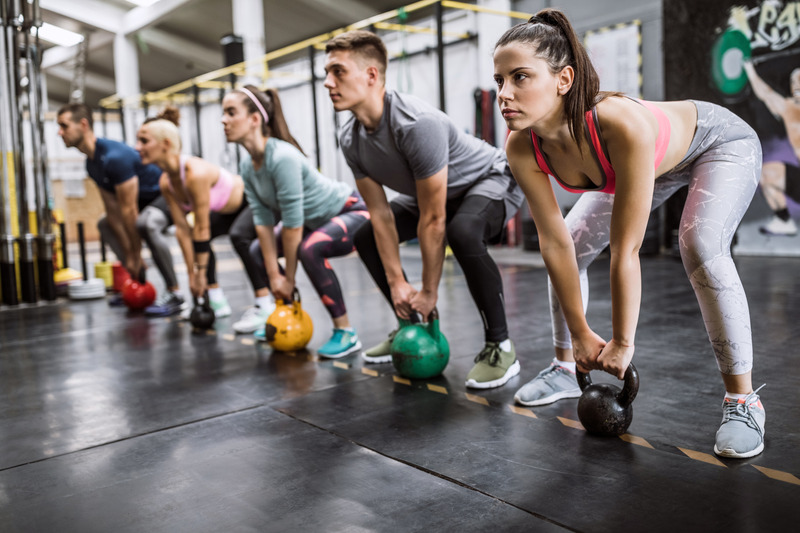Stretching is often overlooked in fitness routines, but it’s an essential component that can have a profound impact on your overall health and physical performance. In this blog post, we’ll delve into the world of body stretching techniques, helping you understand the importance of stretching and providing you with a comprehensive guide on how to stretch effectively for better flexibility and well-being.
Why Stretching Matters:
Before we dive into the techniques, it’s crucial to understand why stretching should be a fundamental part of your fitness routine. Here are a few compelling reasons:
1. Improved Flexibility: Regular stretching can enhance your range of motion and flexibility, making everyday activities easier and reducing the risk of injury.
2. Enhanced Posture: Stretching can help correct muscle imbalances and improve posture, reducing the strain on your back and neck.
3. Better Circulation: Stretching encourages better blood flow, which can boost energy levels and reduce muscle fatigue.
4. Stress Reduction: Stretching is not just beneficial for your body; it can also help calm your mind, reduce stress, and promote relaxation.
5. Injury Prevention: By keeping your muscles and joints supple, stretching can help prevent common injuries associated with physical activities.
Effective Body Stretching Techniques:
Now, let’s explore some of the most effective body stretching techniques:
1. Static Stretching: This involves holding a specific stretch position for a set period, typically 15-30 seconds. Examples include touching your toes to stretch your hamstrings or the butterfly stretch for your inner thighs.
2. Dynamic Stretching: Dynamic stretches involve controlled movements that mimic the range of motion you’ll use during your workout. Leg swings and arm circles are great examples.
3. PNF Stretching: Proprioceptive Neuromuscular Facilitation (PNF) involves a combination of stretching and contracting the muscle being targeted. This technique is often done with a partner and is highly effective for increasing flexibility.
4. Yoga and Pilates: These disciplines combine stretching with mindfulness and breath control. They can improve both flexibility and mental well-being.
5. Foam Rolling: While not a traditional stretch, foam rolling is an excellent way to release tension in muscles through self-massage.
Tips for Effective Stretching:
- Warm Up First: Always start with a light warm-up to increase blood flow to the muscles.
- Focus on Major Muscle Groups: Target large muscle groups like the hamstrings, quadriceps, calves, and back.
- Breathe: Don’t forget to breathe while stretching; deep breaths can help relax your muscles and deepen the stretch.
- Don’t Overstretch: Never force your body into a position that causes pain. Stretch to a point of mild discomfort, not discomfort.
- Consistency: Regular stretching is the key to reaping the benefits, so make it a part of your daily routine.
In Conclusion:
Body stretching is a fundamental aspect of overall health and fitness that should not be ignored. By incorporating these techniques into your daily routine, you can improve your flexibility, prevent injuries, and enhance your overall well-being. Whether you’re an athlete, a desk worker, or someone in between, stretching can help you unlock your full potential and live a healthier, more vibrant life. So, embrace the power of stretching and start reaping its rewards today!

